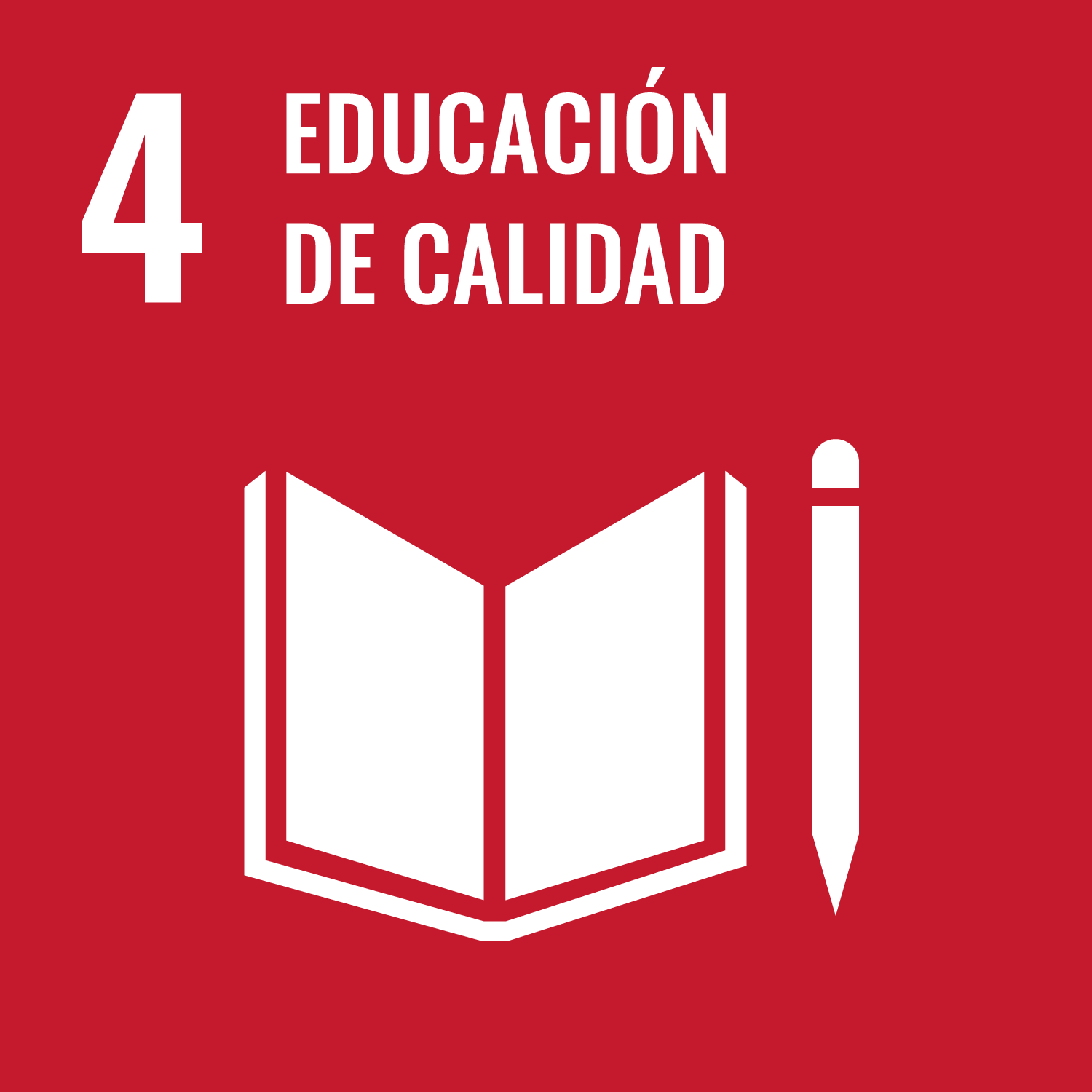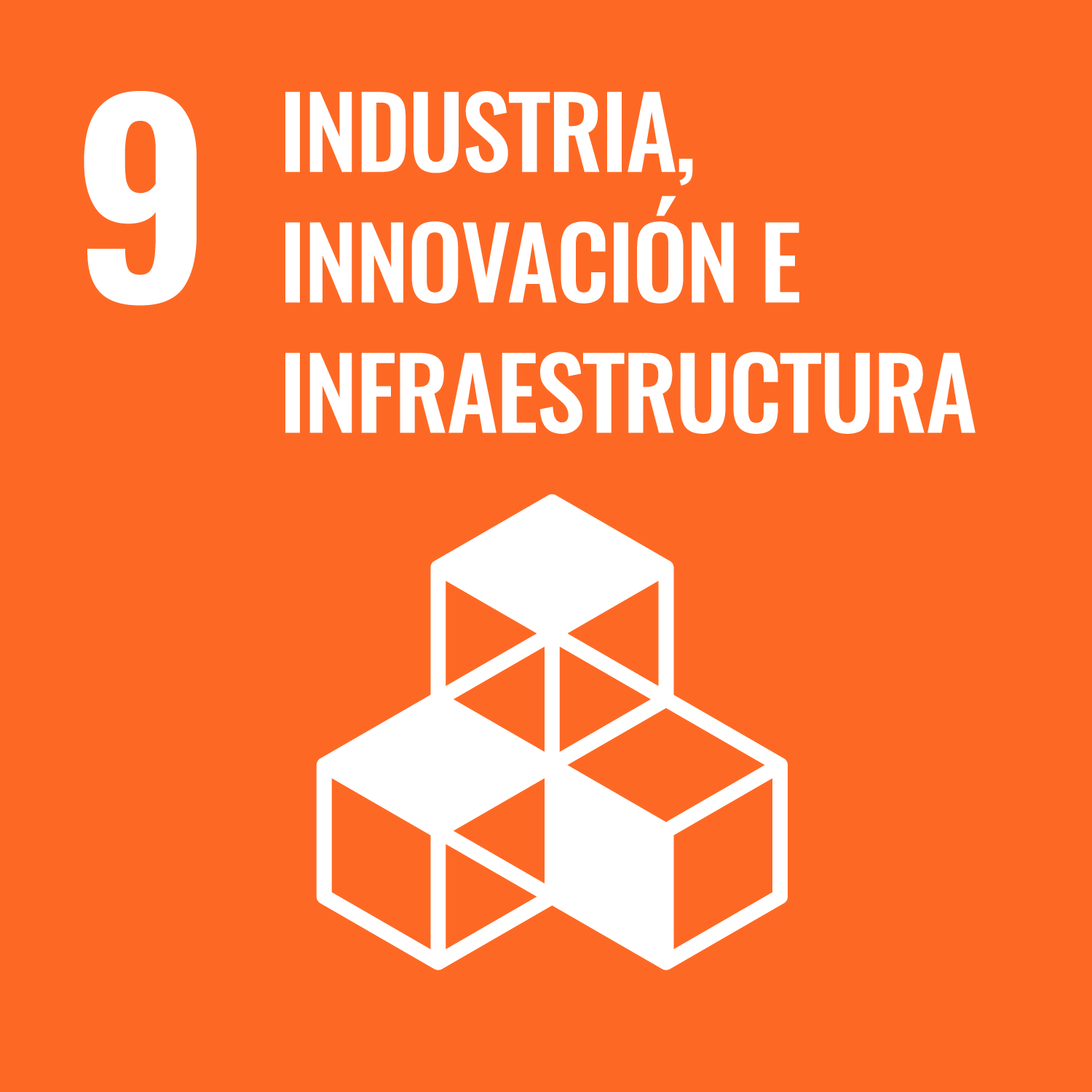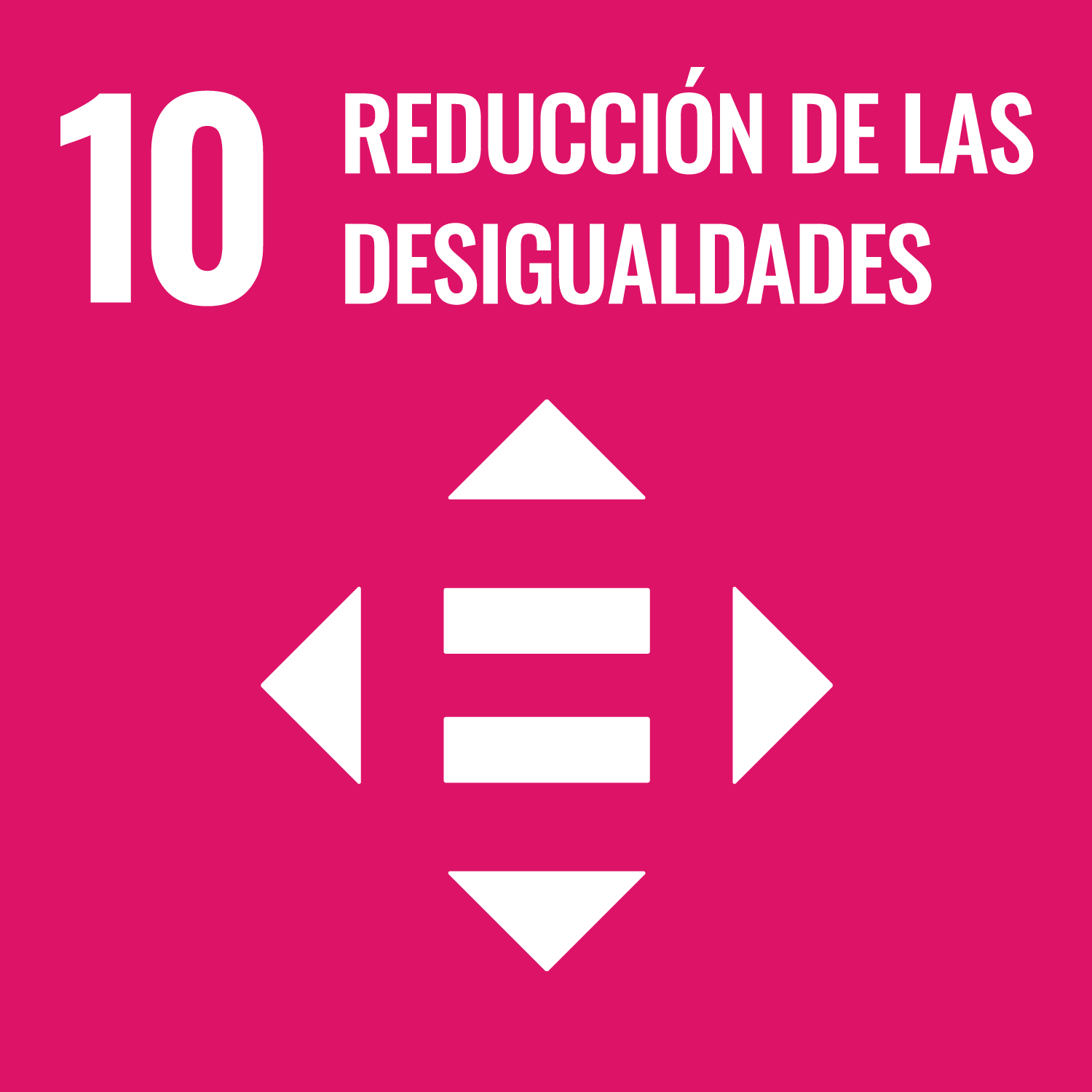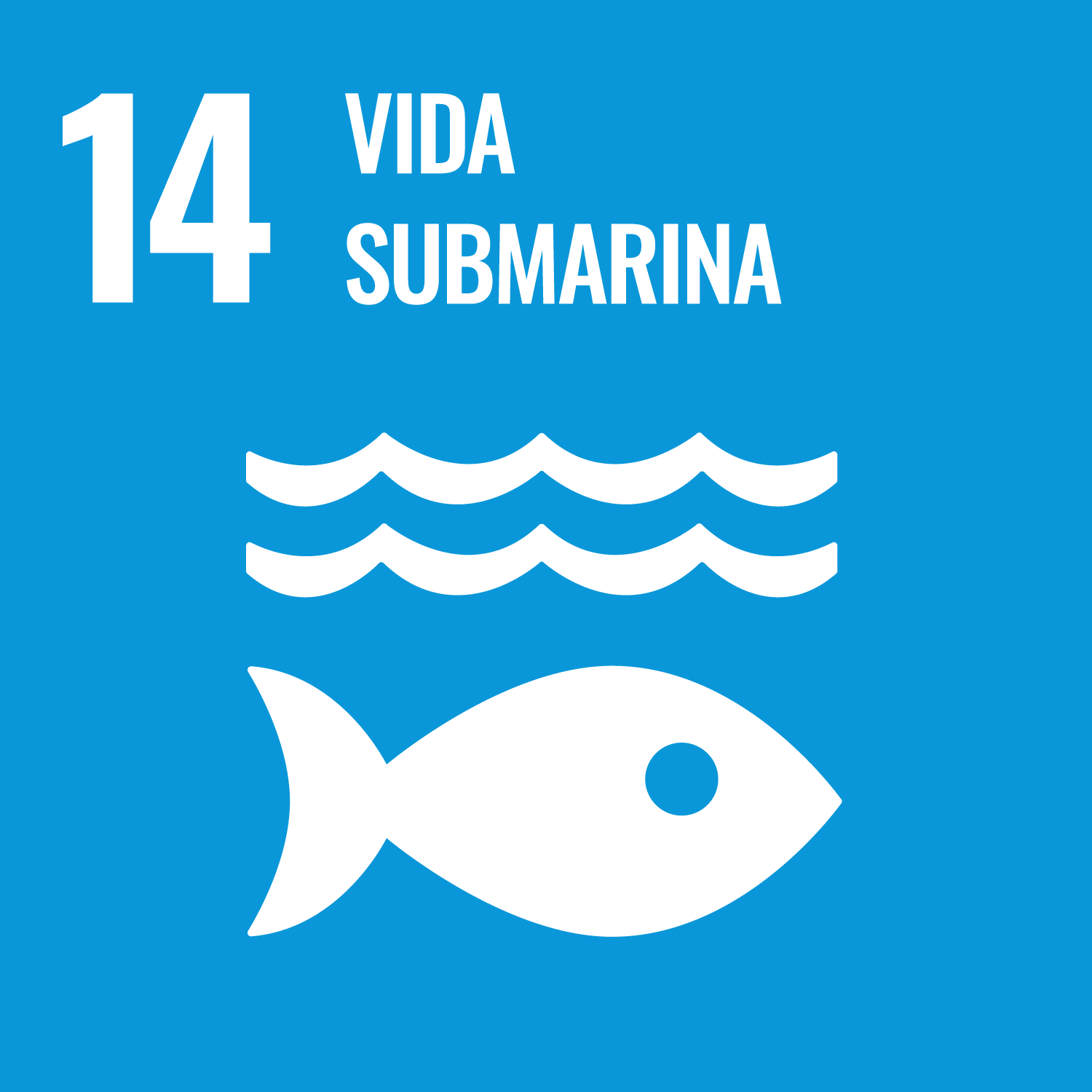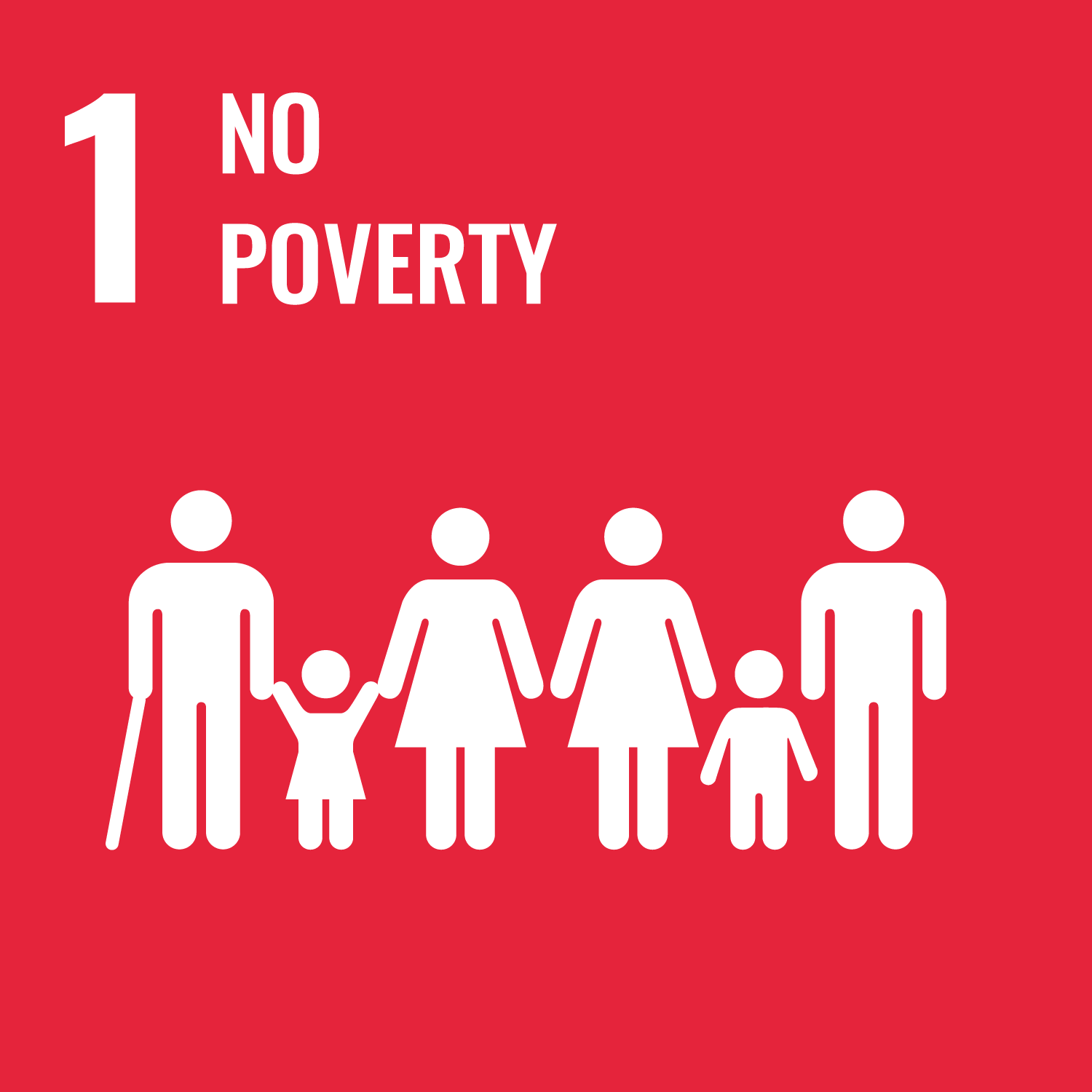What is social protection? How can we help the most vulnerable and the poorest through social protection measures?
Social protection is a universal human right.
The need for social protection is a critical concern for governments across the globe, with the adoption of social protection mechanisms expanded significantly around the world in the past two decades to reduce poverty, inequality and exclusion.
The advent of the global COVID-19 crisis with its huge economic and social costs has put even more emphasis on having in place solid social protection floors — or the first level of social protection in a national social protection system — that are country-tailored to provide the most efficient mechanisms for protecting the most vulnerable people.
What is Social Protection?
A mix of policies and programmes aimed at preventing and protecting all people against poverty, vulnerability and social exclusion, throughout their life cycle placing emphasis on vulnerable groups — by promoting effective labour markets, and enhancing their capacity to manage and to respond to disaster, economic and social risks, such as unemployment, exclusion, sickness, disability, and old age.
The Global Social Protection monitoring platform launched in March 2020 shows that the need for social assistance, social insurance and active labour market programmes to respond to and offset the impact of the pandemic is on the rise. As of December 2020, a total of 215 countries have planned and implemented 1,414 social protection measures. Each country is trying to come up with its best mix of programmes to manage existing and new sources of risks and vulnerabilities.
National social protection policies are needed to provide an overall strategic agenda for the development of nationally owned social protection floors and effective and coherent implementation of social protection measures.
Asking the pertinent questions now is a must as Samoa seeks to carve out its path in establishing a formal social protection (SP) system.
“Existing social protection measures in Samoa are ad hoc and fragmented, and are not geared towards addressing life cycle vulnerabilities, especially amongst the poorest and most vulnerable groups, families and individuals. They are not considered as investments towards building human capital, resilience and economic growth. Social protection programmes can mitigate the negative and dramatic impacts of crises or shocks on the local economy, livelihoods and poverty levels.” — the draft National Social Protection Policy.

The proposed National Social Protection Policy (NSPP)
A draft National Social Protection Policy is the subject of intense deliberations and consultations over the next couple of months. While the draft policy itself is not enough to build a social protection policy, it does provide a clear picture of what needs to be established in order to protect citizens against social and economic risks.
The proposed NSPP wants to ensure that ‘Samoa’s society and citizens are protected against the risks of vulnerability, poverty, inequality and exclusion through their life cycle’. The Policy aims ‘to prevent and reduce national and lifecycle poverty, vulnerability and inequality prevalence and risks in Samoa’. It’s goal is ‘to establish a gender-sensitive and age-appropriate social protection framework to ensure a minimum social protection floor for all Samoan citizens for a life of dignity’.
This proposed National Policy aims to promote collaboration and partnerships for the realisation of this national development agenda, the adoption of international best practices as well as promoting the strengths of local institutions, principles and values, in ensuring the development of a sustainable, inclusive and forward looking social protection for Samoa and its people.
A consultation was held in June 2021 to further gauge the level of interest and ownership amongst the key stakeholders. The formulation and finalisation of the National SP Policy is a matter of ongoing discussions between the Government and stakeholders on what is suitable and sustainable for Samoa.

What social protection measures are currently in place?
Samoa’s social protection system is composed of informal and formal social protection mechanisms. The key elements of the informal social protection system include support from extended family, community, and churches. Although in Samoa, the informal social protection system has been stable and promoting social cohesion and social capital while acting as a safety net cushion, the main concerns with the informal SP are its irregularity and unpredictability. Moreover, it is based on bonding which is more and more under threat in many countries due to the breaking down of extended family in favour of single family.
The formal social protection system is heavily biased towards the senior citizens with zero or small coverage of the other citizen groups such as children, working age population, as well as persons living with disability.
The formal social protection schemes are: (i) Samoa national provident funds and (ii) the accident compensation schemes — both forms of social insurance; (iii) senior citizens benefit scheme and (iv) Samoa school fee grant scheme — both falling under the social assistance category; and (v) registration of jobseekers and limited support in seeking employment — a form of labour market services that require further expansion. The main merits of a formal social protection system are regularity and predictability. It is rights-based and ratified by law (in most countries by Constitution). The development of the proposed National SP Policy also looks at how the role of informal institutions in social protection could be strengthened.
A mammoth task ahead
Due to the magnitude of the task at hand and the number of actors involved to make it a reality, discussions around social protection continue.
The proposed SP Policy argues that social protection needs to be incorporated into and is an integral part of Samoa’s overall development agenda. Embedding social protection into the overarching development framework of Samoa will facilitate national ownership of that agenda and ensure that social protection is making positive impacts on the livelihoods, well-being and welfare of Samoan citizens now and in the future.
Social protection is not about handouts to the poor alone. A social protection floor aims at providing coverage for the basic needs that income-less individuals have while helping them to return to the labour market and generate means for themselves and their families. Social protection is about guaranteeing that basic needs of persons living with disabilities are being met and specialised services are in place. Ultimately, through social protection as a fundamental component of the social contract, governments commit to ensuring that people facing loss of income due to unemployment, sickness, disability or ageing are helped to transition to safety without developing dependency. Cash transfers alone are not sufficient to guarantee sustained poverty prevention and alleviation. The social protection system will allow people to acquire skills and find jobs through dedicated labour market services. The complexity of human behaviour and facilitating positive and real change that originates from individuals and society require well designed interventions in order to achieve impact and maintain people’s motivation to work and strengthen self-reliance.
Social protection instruments regarding schemes, programmes and mechanisms must be provided together with other complementary developmental initiatives, in order to facilitate sustainable progress in preventing and reducing poverty and vulnerability and for improved inclusivity, self-empowerment and social cohesion.
Social Protection is a cornerstone of achieving the ‘Leaving No One Behind’ commitment of governments through the 2030 Agenda for Sustainable Development and the Sustainable Development Goals (SDGs). More specifically, SDG Target 1.3 calls on all countries to ‘implement nationally appropriate social protection systems and measures for all, including social protection floors, and by 2030 achieve substantial coverage of the poor and the vulnerable’.





